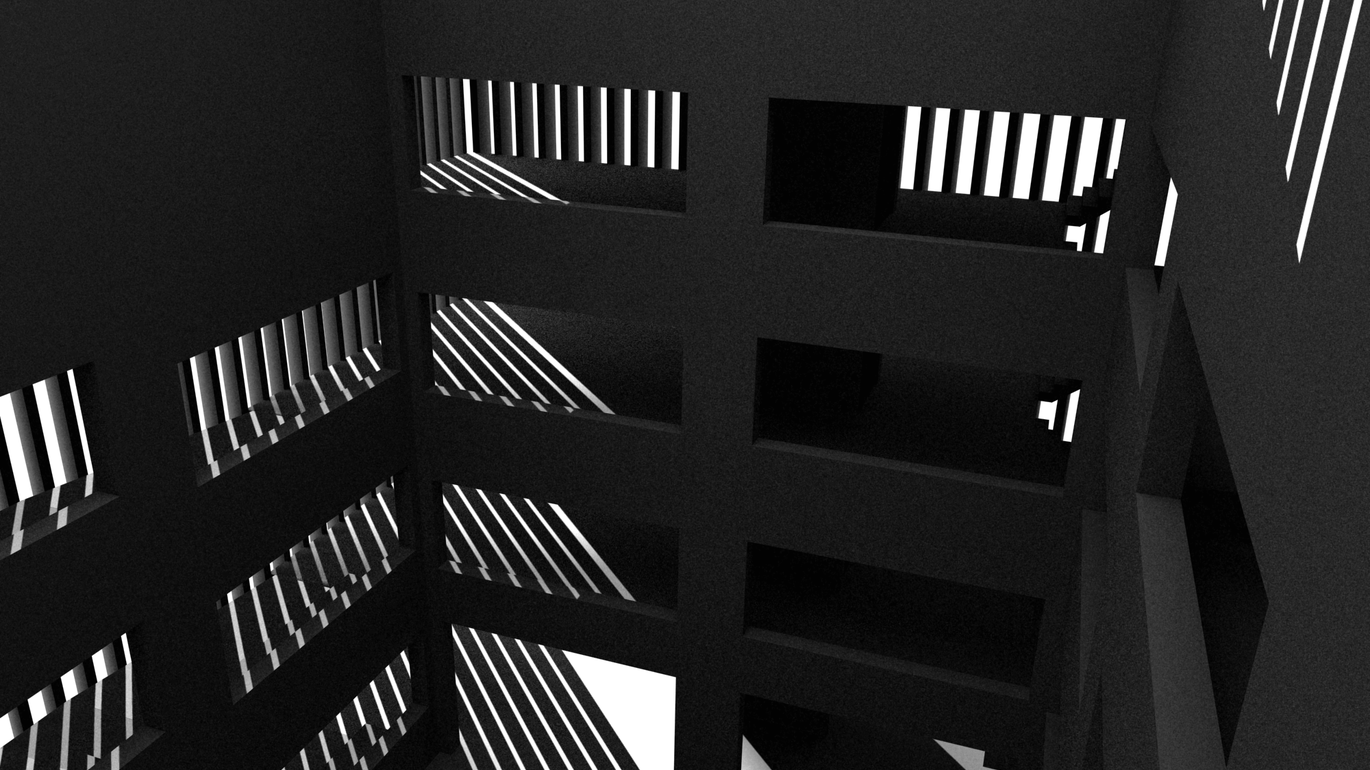Spotlight: Anouk de Clercq
In the beginning there was black. The black of the cinema space or the black cube of an exhibition venue envelops us (ideally without exit lights), leaving us disoriented at first, without coordinates for a reliable perception of space. "The darkness that I like is the darkness of a movie theater," is how Anouk de Clercq describes her penchant for the darkness that envelops the entire space and the screen in her latest film Black (2014).
The "black image" that emerges in this way is the Belgian artist's central field of work, to which she has dedicated her own - reflexive - work with her last film to date, mentioned above. This black is initially immense because it is impenetrable, seemingly reaching into infinity and at the same time highly intimate because it envelops you, throwing you back on yourself and your own body. Until finally filigree rays of light enter this black, which hit the canvas as dots, multiply, spread, condense and drift apart, finally forming complex architectural structures in some of de Clercq's works.
Which brings us to one of the core questions that Anouk de Clercq's video and film work revolves around: Is a black image per se space or merely a two-dimensional surface, comparable to the dark night sky, which even before Copernicus was regarded as a vault to which the celestial bodies would be attached like points of light? The points of light on the screen are initially something like the smallest unit of a (digital) image, a pixel. Initially, they are often left singular and lonely in the surrounding darkness. Does a single point of light already have an identity? Or even a life cycle? - as suggested in Me+ (2004) or Swan Song (2013), for example. Accompanied by Anton Aeki's or Scanner's sound design, de Clercq's minimalist animations raise almost metaphysical questions. And, of course, those about space and its dimensionalities. In the condensations and accumulations of light points on the screen, depth perspectives and three-dimensional physicalities are formed.
From these, in turn, utopian architectural designs emerge before the astonished eyes of the moviegoer, as in Oh! (2010) - in reference to the French neoclassical architect Etienne-Louis Boullée - or in Anouk de Clercq's central, award-winning film Thing (2013), in which an architect guides us through his memory, light buildings floating above and through, a disembodied gaze freed from the laws of gravity and bound only to his voice. A masterpiece of minimalist yet highly complex animation! (GW)
program
BLACK, 2014, 5 min.
Me+, 2004, 5 min.
Conductor, 2004, 2,5 min.
Building, 2003, 12 min.
Swan Song, 2013, 3 min.
Oh!, 2010, 8 min.
Thing, 2013, 18 min.
In Anwesenheit von Anouk de Clercq mit anschließendem Gespräch mit Gerald Weber (sixpackfilm)
Im Rahmen vom VIS 2016 - Vienna Independant Shorts (25.-31. Mai 2016)


